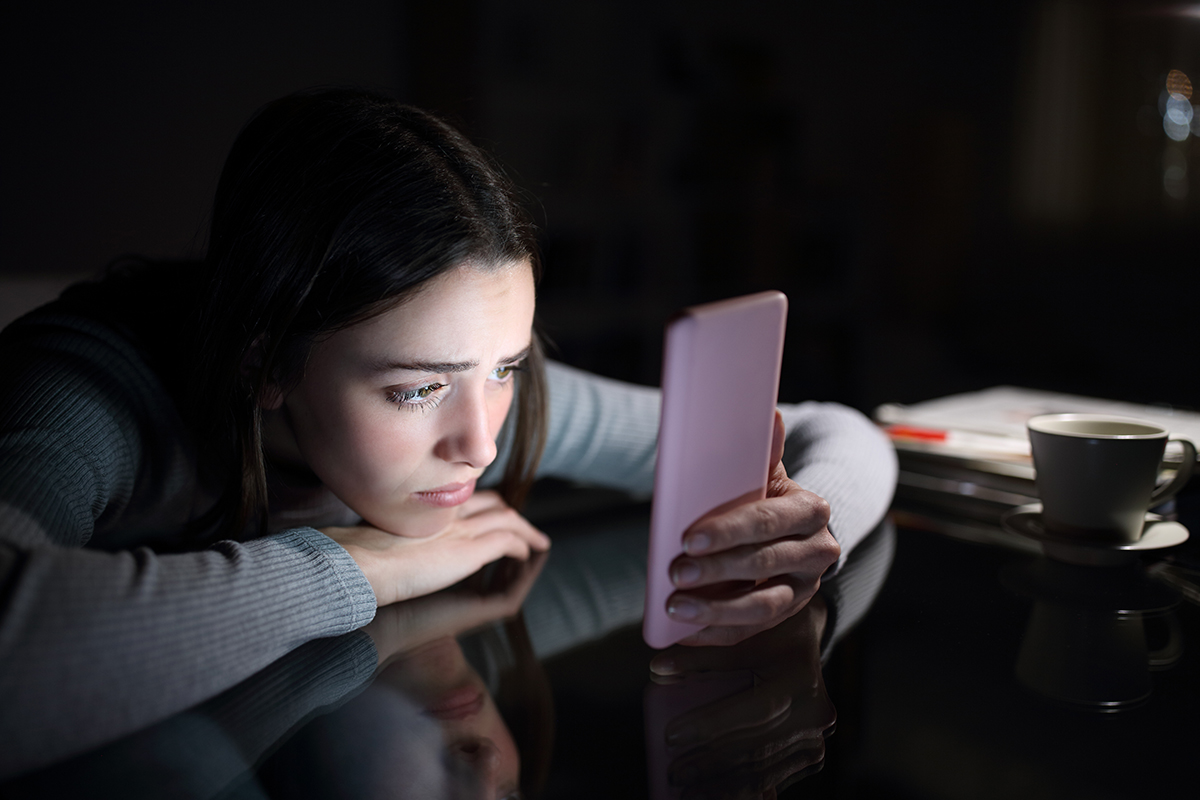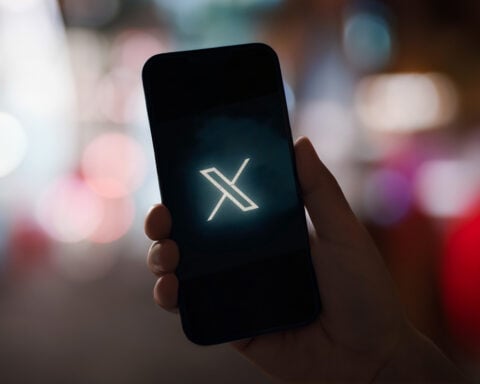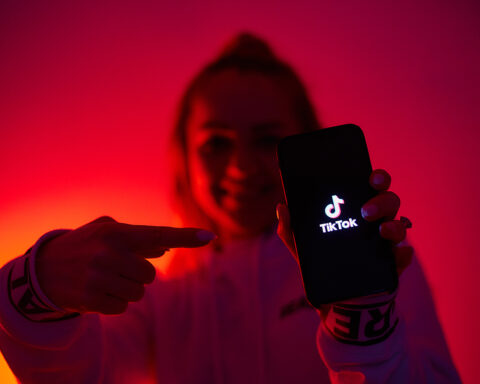In recent years, social media platforms like TikTok and Instagram have been under scrutiny for their potential impact on younger users’ mental health. However, a new and alarming trend is emerging – teenagers are using these platforms to self-diagnose themselves with mental health conditions.
This phenomenon has sparked concerns among parents, therapists, and school counselors as it can lead to mislabeling, exacerbate behaviors, and hinder teens from seeking professional help when needed.
The Trend of Self-Diagnosis
A growing number of teens are turning to social media for guidance, resources, and support for their mental health. They follow creators who openly discuss their own mental health issues, and some even encounter posts with symptoms checklists to determine if they align with a specific diagnosis.
Dr. Larry D. Mitnaul, a child and adolescent psychiatrist, has seen an alarming increase in teenagers presenting with self-diagnoses based on what they’ve seen online.
The Appeal and Risks of Self-Diagnosis
Teens may over-identify with a diagnosis as a shield or justification for their behavior in social situations, contributing to a sense of belonging.
However, this trend has raised concerns among experts as self-diagnosis without professional evaluation can be harmful. Mislabeling oneself can lead to a narrower worldview and make it challenging for parents and therapists to convince teens otherwise.
Impact on Teens and Parents
Parents like Erin Coleman have experienced the consequences firsthand. Her 14-year-old daughter began self-identifying with creators on social media, eventually becoming convinced she had various mental health conditions, including ADHD, depression, autism, mysophobia, and agoraphobia.
After seeking professional help, her daughter was diagnosed with severe anxiety, but convincing her otherwise has proven difficult.
Social Media Companies’ Response
Social media companies like Instagram and TikTok are aware of the concerns and have taken steps to address them.
Instagram’s Well-being Creator Collective educates creators on positive content creation, while TikTok offers features like regular screen time breaks and safeguards against mature content. However, critics argue that more needs to be done to detect and curb self-diagnosis trends.
Mental Health Awareness vs. Self-Diagnosis
While some adults credit social media for helping them understand and cope with their mental health struggles, experts caution against relying solely on internet sources for diagnosis.
Adults can approach mental health content more objectively, but teenagers may take self-diagnoses at face value without seeking professional evaluation.
The Perilous Moment for American Teens
The rise of self-diagnosis via social media comes at a critical time for American teens. The US Surgeon General has already highlighted the profound risk of harm from social media use for kids.
With the lingering effects of a global pandemic and limited access to professional support, teens are left navigating their mental health struggles in a vacuum.
Balancing Mental Health Awareness and Misinformation
While social media can provide valuable mental health information and support, self-diagnosing without professional evaluation poses significant risks for teenagers.
Teens need access to accurate information and proper mental health support to ensure their well-being. As parents, educators, and society as a whole, we must remain vigilant in guiding our youth toward appropriate resources and encouraging open conversations about mental health.







